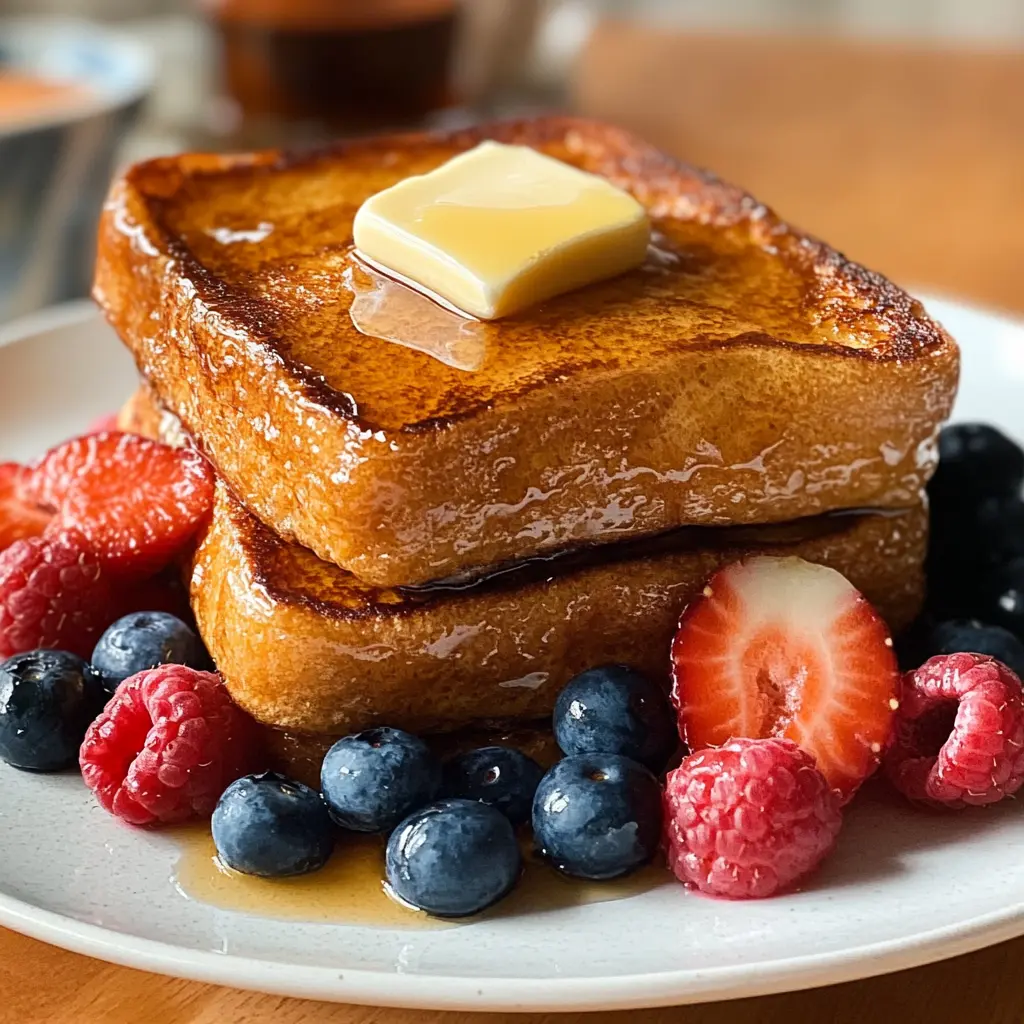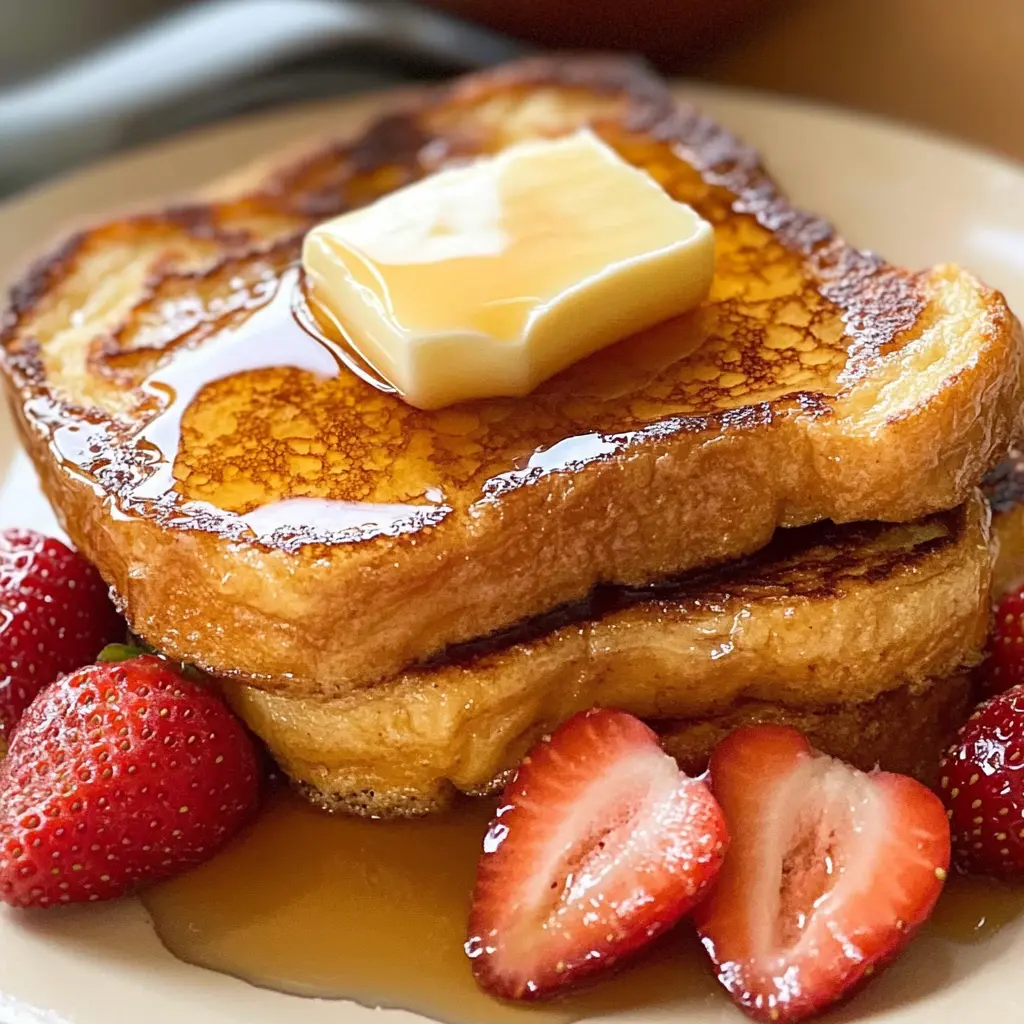Introduction
Bread has been a staple food for centuries, enjoyed in various forms worldwide. However, with the rising awareness of gluten-related health issues, many are questioning how different preparation methods affect gluten content. One common question is: does toasting bread reduce gluten? This article delves into the science behind gluten in bread, the process of toasting, and its implications for those with gluten sensitivities. Learn more about gluten-related concerns here.
What is Gluten?
Gluten is a mixture of proteins found in wheat and related grains, including barley, rye, and oats. Specifically, it consists of two main proteins, glutenin and gliadin. These proteins are responsible for giving dough its elasticity and chewy texture, allowing it to rise and maintain its shape. Gluten is prevalent in many foods, from bread and pasta to certain sauces and processed items. Discover more about gluten here.
Overview of Toasting Bread
Toasting is a cooking process that involves exposing slices of bread to dry heat, typically in a toaster or under a broiler. The primary reason people toast bread is to enhance its flavor and texture. Toasting can transform a plain, soft slice of bread into a warm, crunchy delight, making it a popular breakfast or snack choice. The process also involves a fascinating chemical reaction that changes the bread’s nutritional profile and flavor, which we’ll explore in depth. Read about the nutritional impact of toasting here.
Understanding Gluten in Bread
Composition of Bread
Bread is a simple yet complex food, primarily composed of flour, water, yeast, and salt. The type of flour used is crucial as it dictates the bread’s gluten content. Wheat flour is the most common, containing glutenin and gliadin, which combine to form gluten when mixed with water. Gluten provides the dough with its structure and elasticity, essential for bread’s texture.
How Gluten is Formed
The formation of gluten occurs when water is added to flour, initiating a chemical reaction that causes glutenin and gliadin to bond. This bonding creates a network of proteins that trap air bubbles, resulting in a stretchy and pliable dough. Kneading the dough further strengthens this network, enhancing the bread’s structure and ability to rise. This process is critical for achieving the desired texture and volume in bread.
Types of Bread with Different Gluten Levels
Bread varieties can significantly differ in gluten content. Regular wheat bread has high gluten levels, essential for its traditional texture. In contrast, gluten-free bread, made from alternative flours such as rice, almond, or sorghum, lacks gluten and often requires additional ingredients like xanthan gum to mimic gluten’s properties. These alternatives are vital for individuals with gluten intolerance or celiac disease, providing options that don’t compromise their health. Explore top gluten-free bread options here.
The Science of Toasting Bread and Does toasting bread reduce gluten
What Happens When Bread is Toasted?
Toasting bread triggers the Maillard reaction, a chemical process where amino acids and reducing sugars react under heat. This reaction is responsible for the browning of the bread and the development of complex flavors and aromas. Additionally, toasting reduces the bread’s moisture content, resulting in a crisp texture. While the bread undergoes these physical and chemical changes, its nutritional profile, including calorie content and basic composition, remains relatively unchanged.
Does Toasting Bread Reduce Gluten?
Scientific studies indicate that toasting bread does not significantly reduce gluten content. While the heat may cause slight structural changes to the gluten proteins, these alterations are not enough to break down the gluten network substantially. Therefore, the amount of gluten present in toasted bread remains similar to that in fresh bread. Expert opinions and research consistently support this finding, underscoring that toasting is not an effective method for reducing gluten levels in bread.
Misconceptions: Does Toasting Bread Reduce Gluten?
Despite the scientific evidence, a common misconception persists that toasting bread can reduce its gluten content. This belief likely stems from the change in texture that makes toasted bread seem different from its fresh counterpart. However, the physical change in texture does not equate to a reduction in gluten. Understanding these myths is crucial for individuals managing gluten-related health issues, helping them make informed dietary choices.
Practical Implications for Gluten-Sensitive Individuals
Can Toasting Help People with Gluten Sensitivity?
For individuals with gluten sensitivity or celiac disease, toasting bread does not make it safe to consume. The gluten content remains intact, posing the same risks as untoasted bread. Symptoms of gluten sensitivity and celiac disease can be severe and include digestive issues, headaches, and fatigue. Therefore, relying on toasting as a method to reduce gluten intake is not advisable. Gluten-sensitive individuals should continue to avoid all forms of gluten-containing bread, whether toasted or not.
Alternatives to Toasting for Gluten Reduction
To effectively reduce gluten intake, individuals should opt for gluten-free bread and products. Reading ingredient labels carefully, understanding cross-contamination risks, and choosing certified gluten-free items are essential practices. Additionally, incorporating naturally gluten-free grains and foods into the diet can help manage gluten sensitivity. Awareness and diligence in food choices are key to maintaining a healthy, gluten-free lifestyle. Check out more gluten-free options here.
Cooking and Baking Tips for Reducing Gluten
For those who enjoy baking, several techniques can help reduce gluten content. Using gluten-free flours like rice, almond, or coconut, and adding binding agents like xanthan gum can replicate the texture and elasticity gluten provides. Avoiding over-kneading dough, which can strengthen the gluten network, and experimenting with recipes designed specifically for gluten-free baking can also yield better results. These practices allow for delicious homemade bread and baked goods without the risks associated with gluten.
Can Toasting Bread Reduce Gluten? A Comprehensive Examination
Understanding Gluten and Its Role in Bread
Gluten is a complex mixture of proteins found in wheat and related grains. The two main proteins, glutenin and gliadin, combine when mixed with water to form gluten. This protein network provides elasticity to the dough, allowing it to rise and maintain its structure. Bread, therefore, owes much of its texture and chewiness to gluten.
In bread-making, the gluten network is developed through mixing and kneading the dough. These processes create a matrix that traps air and gives bread its characteristic texture. Without gluten, bread would not have the same structural integrity and would be denser and less pliable.
The Science of Toasting Bread
Toasting is a dry heat cooking method that involves exposing bread to high temperatures. This process triggers the Maillard reaction, a chemical reaction between amino acids and reducing sugars. The Maillard reaction is responsible for the browning of the bread and the development of its complex flavors and aromas.
When bread is toasted, its moisture content decreases, and its texture becomes crispier. These changes are primarily physical and do not significantly alter the nutritional content of the bread. The primary components, including gluten, remain largely unaffected by the toasting process.
Does Toasting Bread Reduce Gluten Content?
Despite popular belief, toasting bread does not significantly reduce its gluten content. Scientific studies have shown that while the heat from toasting can cause minor changes in the structure of gluten proteins, it does not break them down to a level that would reduce the gluten content meaningfully.
The persistence of this misconception likely arises from the textural differences observed between toasted and untoasted bread. Toasted bread feels different to the touch and taste, which might lead some to believe that its composition has fundamentally changed. However, the gluten proteins remain intact, and their presence is still significant.
Practical Implications for Gluten-Sensitive Individuals
For individuals with gluten sensitivity or celiac disease, understanding that toasting does not reduce gluten content is crucial. Consuming toasted bread that contains gluten can still trigger adverse reactions. Symptoms of gluten sensitivity can range from digestive issues and headaches to more severe reactions in those with celiac disease.
Therefore, it is essential for gluten-sensitive individuals to avoid all forms of bread containing gluten, whether toasted or not. Instead, they should opt for gluten-free alternatives that are specifically formulated to be safe for their consumption.
Alternatives to Gluten-Containing Bread
Those who need to reduce or eliminate gluten from their diet have several alternatives available. Gluten-free bread is made using flours from grains and other sources that do not contain gluten, such as rice, almond, coconut, and sorghum. These breads often include binding agents like xanthan gum to mimic the texture and elasticity provided by gluten.
In addition to choosing gluten-free bread, individuals should be mindful of cross-contamination. Even small amounts of gluten can cause significant issues for those with celiac disease, so it is crucial to ensure that gluten-free products are not contaminated during preparation or cooking.
Cooking and Baking Tips for Reducing Gluten
For those who enjoy cooking and baking, there are several strategies to reduce gluten in homemade recipes. Using gluten-free flours and incorporating ingredients like xanthan gum or guar gum can help achieve the desired texture and structure. Additionally, avoiding over-kneading the dough can prevent the strengthening of any gluten that might be present.
Experimenting with different recipes designed for gluten-free baking can also be rewarding. Many resources and cookbooks are available that provide detailed instructions and tips for creating delicious gluten-free baked goods.
Summary and Recommendations
In conclusion, toasting bread does not reduce its gluten content. This common misconception is not supported by scientific evidence. For those with gluten sensitivities or celiac disease, it is essential to rely on gluten-free products and avoid all forms of gluten-containing bread, whether toasted or not.
By understanding the science behind gluten and toasting, individuals can make informed dietary choices and manage their health more effectively. Choosing gluten-free alternatives and following proper cooking and baking practices are key to maintaining a gluten-free diet and avoiding adverse health reactions.

The Implications of Gluten and Toasting for Dietary Health
The Importance of Gluten-Free Diets for Health
For individuals diagnosed with celiac disease or non-celiac gluten sensitivity, adhering to a strict gluten-free diet is crucial for maintaining their health. Celiac disease is an autoimmune disorder where ingestion of gluten leads to damage in the small intestine. Non-celiac gluten sensitivity, while not as severe, can still cause significant discomfort and health issues. The only effective treatment for these conditions is a lifelong gluten-free diet. Understanding the role of gluten and the effects of different food preparation methods, such as toasting, is essential for managing these health concerns. Learn more about maintaining a gluten-free diet here.
Gluten-Free Alternatives and Their Benefits
As awareness of gluten-related health issues has grown, so has the availability of gluten-free alternatives. These products are made using ingredients like rice flour, almond flour, coconut flour, and other non-gluten grains and starches. Not only do these alternatives cater to those with gluten sensitivities, but they also provide a variety of nutritional benefits. For instance, almond flour is high in protein and healthy fats, while rice flour is a good source of energy. Incorporating these alternatives can help diversify the diet and offer different nutritional profiles compared to traditional gluten-containing products. Discover the benefits of almond flour here.
Cross-Contamination: A Hidden Risk
One significant concern for those on a gluten-free diet is the risk of cross-contamination. Even small amounts of gluten can trigger symptoms in sensitive individuals. Cross-contamination can occur in kitchens where gluten-free and gluten-containing foods are prepared together, as well as during the manufacturing process. To mitigate this risk, it is essential to use dedicated utensils, cookware, and preparation areas for gluten-free foods. Additionally, when purchasing pre-packaged foods, looking for certified gluten-free labels can provide assurance that the product has been processed in a gluten-free environment.
The Role of Food Labels and Certifications
Understanding and reading food labels is a vital skill for anyone managing a gluten-free diet. In many countries, food labeling regulations require manufacturers to disclose the presence of gluten-containing ingredients. However, the presence of gluten can sometimes be hidden under various names or derivatives. Familiarity with terms like malt, triticale, and modified food starch can help individuals identify potential sources of gluten. Certifications from organizations such as the Gluten-Free Certification Organization (GFCO) provide an added layer of trust, ensuring that the product meets stringent gluten-free standards.
The Economic Impact of Gluten-Free Diets
Following a gluten-free diet can often be more expensive than a traditional diet due to the higher cost of gluten-free products. This financial burden can impact individuals and families, making it important to find cost-effective strategies. Buying in bulk, preparing meals at home, and choosing naturally gluten-free foods such as fruits, vegetables, and unprocessed meats can help manage costs. Additionally, exploring different gluten-free grains like quinoa and millet can provide affordable and nutritious options.
Nutritional Considerations for Gluten-Free Diets
While a gluten-free diet is essential for those with gluten-related disorders, it is important to ensure it remains nutritionally balanced. Some gluten-free products can be lower in fiber, vitamins, and minerals compared to their gluten-containing counterparts. To address this, individuals should focus on incorporating a variety of whole foods, such as fruits, vegetables, lean proteins, and gluten-free whole grains, into their diet. Nutritional supplements can also be considered to fill any gaps, but it is advisable to consult with a healthcare provider or dietitian to tailor the diet to individual needs.
Embracing a Gluten-Free Lifestyle
Adopting a gluten-free lifestyle involves more than just changing dietary habits; it requires a comprehensive approach to health and wellness. This includes staying informed about gluten-free options, being vigilant about cross-contamination, and maintaining a balanced diet. Support from healthcare providers, dietitians, and gluten-free communities can provide valuable resources and encouragement. Embracing this lifestyle fully can lead to improved health outcomes and a better quality of life for those affected by gluten sensitivities and celiac disease.

Conclusion to Does toasting bread reduce gluten
Summary of Findings
Toasting bread does not significantly reduce gluten content. Despite common misconceptions, the structural integrity of gluten proteins remains intact through toasting. Scientific evidence and expert opinions consistently support this finding. For those with gluten sensitivities or celiac disease, understanding this fact is crucial for managing their health effectively.
Recommendations for Gluten-Sensitive Individuals
Individuals with gluten sensitivity should not rely on toasting as a method to reduce gluten intake. Instead, they should opt for gluten-free bread and products specifically formulated to be safe for their consumption. Vigilance about cross-contamination and careful reading of food labels are also essential practices. Incorporating a variety of naturally gluten-free foods and maintaining a balanced diet will help manage gluten-related health issues and improve overall well-being. Adopting a comprehensive approach to a gluten-free lifestyle, supported by healthcare providers and the community, can lead to better health outcomes and a higher quality of life.
FAQs
Does Toasting Bread Reduce Gluten Content Significantly?
No, toasting bread does not significantly reduce its gluten content. The heat from toasting may cause minor changes to the structure of gluten proteins, but it does not break them down sufficiently to lower the gluten content in any meaningful way.
Is Gluten in Toast Different from Gluten in Fresh Bread?
The gluten in toast is essentially the same as in fresh bread. Toasting does not alter the fundamental properties of gluten proteins, so the gluten remains present and unchanged in the toasted bread.
Can People with Celiac Disease Eat Toasted Bread?
People with celiac disease should avoid all forms of bread containing gluten, whether toasted or not. Only certified gluten-free bread is safe for consumption by individuals with celiac disease.
Are There Any Health Benefits to Toasting Bread?
Toasting bread can reduce its moisture content and potentially lower its glycemic index slightly, which might help with blood sugar control. However, these changes are minimal, and the nutritional content of bread remains largely the same.
Does Toasting Bread Kill Bacteria or Allergens?
Toasting at high temperatures can kill some surface bacteria, but it does not eliminate allergens, including gluten. Proper food handling and preparation practices are necessary to ensure safety from bacteria and allergens.



